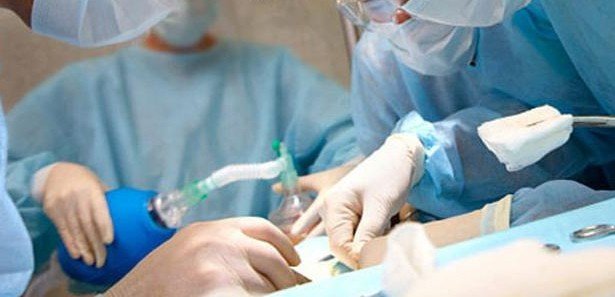When tissues and organs around the vagina push the vagina out and cause herniation, this disorder is called pelvic organ prolapse. The front wall of the vagina is adjacent to the bladder, the top is adjacent to the uterus and the back wall is adjacent to the last part of the large intestine. The urinary bladder, uterus and final part of large intestine may respectively prolapse out of the vagina. Usually the prolapse of one side effects the other side and causes prolapse of that area.
The traditional treatment of genital prolapse is to suspend the prolapsed part of the patient vaginally or to fix top of the vagina to the bone that we call the sacrum in the back through the abdomen with a patch.
Until recent years, for abdominal operations, the abdomen was opened and fixed to the anterior wall and posterior wall of the vagina and fixed to the sacrum (bone consisting back of the pelvic). The most important advantage of this procedure is that the success rate is over 90%. Disadvantages include opening the abdomen and causing scar, excessive pain, prolonged recovery, and late return to normal activities. Operations performed with robotic surgery or laparoscopy provide the same success but eliminate the above disadvantages. The patient may encounter less loss, less pain, and risk of more infection. The patient returns early to work and does not have a long surgical scar.
The advantage of performing this operation with robotic surgery instead of laparoscopy is that more effective suture can be applied than classical laparoscopy and the tissues can be seen in three dimensions.
